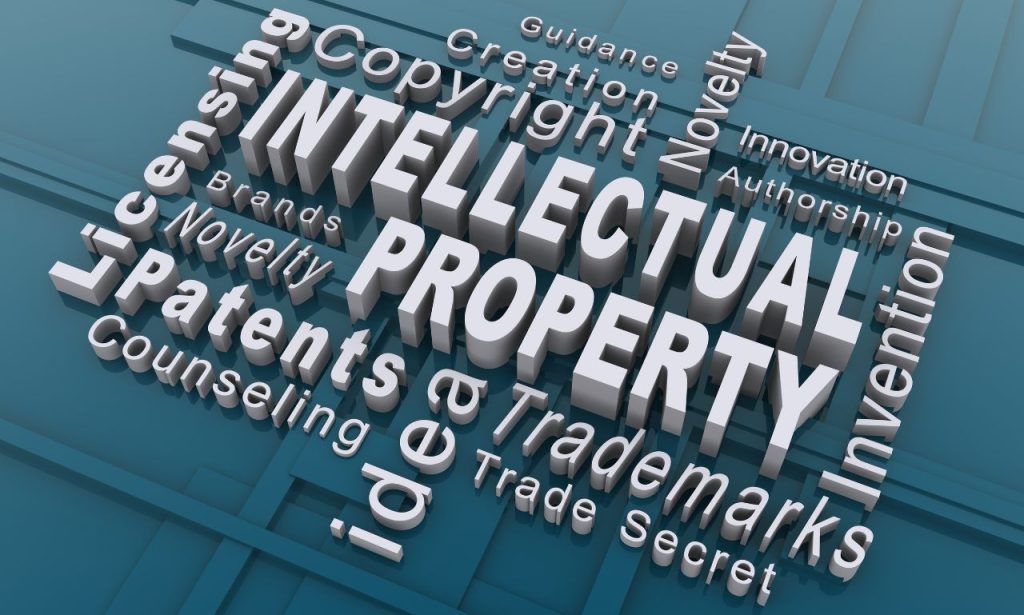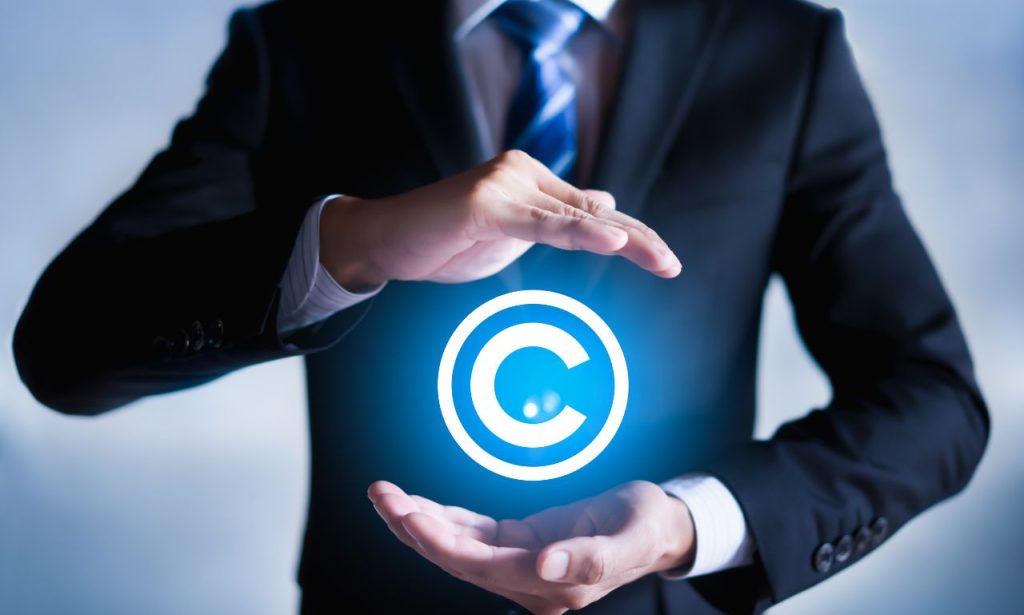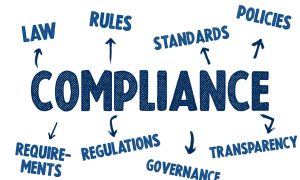The tech industry is a fast-paced environment. New inventions appear nearly every day. The protection of intellectual property is the cornerstone of this quick development. Tech firms spend a lot of money on R&D Protecting these investments is essential to their survival. The foundation of the technology industry is now intellectual property. There are thousands of patented inventions in the smartphone you carry around. Software companies use copyrights to safeguard their code. Strong trademark protection is essential for brand recognition. Manufacturing procedures are also protected as trade secrets. Clear ownership guidelines are necessary when transferring technology between organisations. Businesses and universities collaborate to commercialise research; startups are given funding based on their intellectual property portfolios. New issues with intellectual property have been brought about by the digital revolution. Innovation, public access, and protection must all be balanced.
What are Intellectual Property Rights (IPR)?
Trade secrets, copyrights, trademarks, and patents are examples of intellectual property rights. Innovation is encouraged by intellectual property rights, which enable creators to make money off of their works. Laws pertaining to intellectual property vary from one nation to another. These intangible assets are becoming more and more important to the modern economy. Businesses invest billions of dollars in creating and safeguarding their intellectual property. There wouldn’t be any motivation for innovators to innovate without IPR. The enforcement of intellectual property has faced new difficulties in the era of the internet. Harmonising protection across borders is the goal of international agreements.
Why is Intellectual Property in Technology Important?

Protection Drives Investment
Businesses are encouraged to invest in innovation by the protection of intellectual property. They are aware that rivals won’t instantly imitate their work. Long-term research and development plans are made possible by this security. Every year, tech companies invest billions in creating new goods and services. Future returns on these investments are anticipated by their shareholders. This essential assurance is provided by intellectual property rights. Before investing in startups, venture capitalists examine IP portfolios. The possibility of market exclusivity is indicated by strong protection. A company’s acquisition value is frequently based on its patent portfolio. The biotech and pharmaceutical industries primarily depend on patent protection. The high expenses of research would not be profitable without it. Similar to this, technology companies rely on intellectual property to gain a competitive edge.
Market Differentiation
Intellectual property helps companies stand out in crowded marketplaces. Numerous patents protect Apple’s distinctive designs. Google’s algorithms give it unique search capabilities. Microsoft’s software copyright ensures its products remain exclusive. Trademark protection prevents confusion between similar brands. This differentiation allows consumers to identify preferred products quickly. Intellectual property creates barriers to market entry for competitors. Companies can charge premium prices for unique offerings. Brand recognition builds customer loyalty over time. The most successful tech companies leverage IP for market dominance. Their distinct identities are inextricably linked to protected innovations. Even small companies benefit from intellectual property differentiation. Niche markets often develop around protected technologies.
Innovation Ecosystem
A strong intellectual property system creates a functional innovation ecosystem. It balances inventor rewards with knowledge dissemination. Patents require detailed disclosure of inventions. This publication requirement advances collective knowledge. Other researchers build upon these disclosed innovations. They develop improvements or entirely new approaches. University research often relies on access to patent literature. Open-source software demonstrates alternative collaborative models. Copyright protection ensures that creators receive credit for their work. Licensing agreements facilitate technology transfer between organizations. Standards organizations develop patent pools for industry-wide adoption. This ecosystem encourages both competition and collaboration. The smartphone industry exemplifies this complex interplay of rights. The technology sector thrives on this balanced approach to innovation.
How Do Intellectual Property and Its Rights Affect Innovation?
Positive Effects on Innovation
Intellectual property rights provide essential incentives for creators and inventors. The promise of exclusive rights encourages risk-taking in research. Companies invest billions knowing their innovations will be protected. This investment leads to groundbreaking technologies reaching the market. The 20-year patent term balances monopoly with eventual public access. The disclosure requirements of patents build collective knowledge. Other inventors learn from these public documents. They develop improvements or designs around existing patents. This process accelerates technological progress over time. Copyright protection has spurred enormous growth in software development. Trademark rights encourage companies to maintain consistent quality. Trade secret protection allows for confidential business strategies. The entire innovation landscape reflects these intellectual property incentives.
Potential Drawbacks
Intellectual property can sometimes hinder rather than help innovation. Patent thickets create complex webs of overlapping rights. This complexity increases costs for new market entrants. Large companies amass defensive patent portfolios. These portfolios primarily serve to counter potential litigation. Patent trolls acquire rights solely to extract licensing fees. Overly broad patents may block legitimate follow-on innovation. Extended copyright terms limit public domain contributions. Trademark bullying can suppress legitimate competition. Trade secret litigation consumes resources that are better spent on research. Academic researchers sometimes face IP barriers to the investigation. Developing countries struggle with technology transfer restrictions. The balance between protection and innovation requires ongoing adjustment. Digital technologies present particular challenges to traditional IP frameworks.
How to Trademark Something

The Trademark Process Explained
Trademarks safeguard brands, logos, slogans, and product identifiers. It starts with an exhaustive search of existing marks. The search avoids conflict with registered or common law trademarks. Preparing an application involves specifying specific goods and services. Filing with the government follows with the USPTO in the US. Examiners review applications for conflicts and distinctiveness issues. Descriptive terms face higher hurdles for registration. Made-up words receive the strongest protection. After approval, the mark is published for opposition by third parties. Without opposition, registration completes the process. International protection requires separate filings in different countries. The Madrid Protocol simplifies multi-country registration. Trademark registration lasts ten years. Renewals can extend protection indefinitely with continued use. Professional trademark attorneys often manage this complex process.
The Role of Intellectual Property Law in Trademark Protection
Legal Frameworks
Intellectual property law provides the foundation for trademark protection. The Lanham Act governs federal trademark rights in the United States. State law gives additional standard law protection. International agreements standardize protection worldwide. The Paris Convention formalized priority rights worldwide. TRIPS agreements set minimum levels of protection for WTO members. Courts interpret these frameworks through case precedent. Famous marks receive enhanced dilution protection. Trade dress protection extends to distinctive packaging and design. The internet has generated new legal questions about trademark use. Domain name disputes follow specific resolution procedures. Social media platforms implement trademark complaint systems. Mobile apps face increasing scrutiny for brand confusion, and Artificial intelligence raises novel questions about trademark recognition.
Enforcement Mechanisms
Owners of trademarks have several ways to prevent infringement. The first warnings are cease and desist letters. The International Trade Commission stops illegal imports, and federal court cases offer damages and injunctive relief. The entry of counterfeit goods into markets is prevented by customs seizures. The processes for resolving domain name disputes are simplified. Takedown mechanisms are available on social media platforms. After receiving a complaint, app stores remove infringing apps. Large-scale counterfeiting operations are the focus of criminal prosecution. Verification programs are used in online marketplaces. Repeat violators may have their accounts suspended by payment processors. Arbitration and mediation provide alternatives to expensive litigation. Strategies unique to each nation are necessary for international enforcement. In court proceedings, trademark surveys reveal consumer confusion. Both actual harm and deterrence are taken into account when calculating damages.
Types of intellectual property
Patents
Patents protect novel inventions and technological innovations. They grant inventors exclusive rights for limited periods. Utility patents cover new and useful processes, machines, and compositions. Design patents protect ornamental designs of functional items. Plant patents protect asexually reproduced plant varieties. Patent applications require detailed disclosure of the invention. This disclosure ultimately enriches public knowledge. The patent term typically extends 20 years from filing. Inventors must demonstrate novelty, non-obviousness, and utility.
Copyrights
Original creative expressions in tangible form are protected by copyright. Software, music, art, and literature are all automatically protected. For enforcement, registration offers extra legal advantages. The creator’s life is not the only period covered by the copyright term. Limited use without permission is permitted under fair use exceptions. These exclusions encourage new creation, commentary, and education. The goal of digital rights management is to prevent unapproved duplication.
Trademarks
Trademarks protect brands, logos, and distinctive business identifiers. They prevent consumer confusion in the marketplace. Strong marks receive broader protection than weak ones. Fanciful and arbitrary marks enjoy the most substantial protection. Descriptive marks must acquire a secondary meaning first. Generic terms cannot receive trademark protection at all.
Trade Secrets
Trade secrets protect valuable confidential business information. They include formulas, processes, customer lists, and strategies. Protection lasts indefinitely as long as secrecy remains. No registration process exists for trade secret protection. Reasonable secrecy measures must be implemented and maintained. Non-disclosure agreements protect against employee disclosure. Physical security restricts access to sensitive information. Digital security prevents unauthorized electronic access.
Why Choose Intellectual Property and Technology?

Strategic Business Advantage
Intellectual property strategy provides crucial business advantages. Companies leverage IP to secure market exclusivity. They build barriers to entry against potential competitors. Patent portfolios prevent the copying of key innovations. Trademark protection secures brand recognition and loyalty. Copyright ensures control over creative content. Trade secrets maintain competitive processes and formulas.
Future Growth Opportunities
Intellectual property positions companies for future growth opportunities. Strong portfolios attract venture capital investment. They signal innovation capability to potential partners. IP creates valuable assets for possible acquisition. Licensing programs generate revenue from non-core markets. International expansion relies on secured intellectual property rights. New product development builds on protected core technologies. Universities commercialize research through IP transfer.
Conclusion
Intellectual property forms the backbone of modern technology innovation. It provides essential protections that encourage investment and creativity. Without these safeguards, the pace of technological advancement would slow dramatically. Patents ensure that inventors can profit from their discoveries. Copyrights protect the expression of ideas in digital and physical forms. Trademarks build consumer trust and brand recognition. Trade secrets maintain competitive advantages through confidentiality. The entire technology ecosystem relies on this balanced system. Companies must develop comprehensive intellectual property strategies. They should protect core innovations while respecting others’ rights. The global nature of technology requires international protection approaches.
ALSO READ: What is the Role of Trademarks in Building a Competitive Advantage?
FAQs
The most crucial type varies by company. Software firms rely heavily on copyrights and patents. Hardware companies focus primarily on utility patents. Consumer-facing businesses prioritize trademark protection. Many companies utilize all types in their IP strategy.
Utility and plant patents typically last 20 years from the filing date, while design patents last 15 years from issuance. Maintenance fees must be paid to keep utility patents in force.
Pure algorithms face challenges as abstract ideas. However, practical applications of algorithms can often receive patent protection. The standards vary by jurisdiction.
Copyright protects creative expression, such as writing and software. Trademarks protect brand identifiers like names and logos. They serve different purposes in an IP portfolio.
Start with confidentiality agreements before disclosure. Consider patent protection for novel technical features. Copyright protects the actual code and visual elements. Trademark your app name and logo.
Competitors may copy innovations without consequence. Brand confusion can harm customer relationships. Revenue opportunities from licensing are lost. Company valuation may suffer without formal IP assets.
No. Protection typically requires filings on a country-by-country basis. Various treaties streamline the process but don’t eliminate the need for separate registrations.




